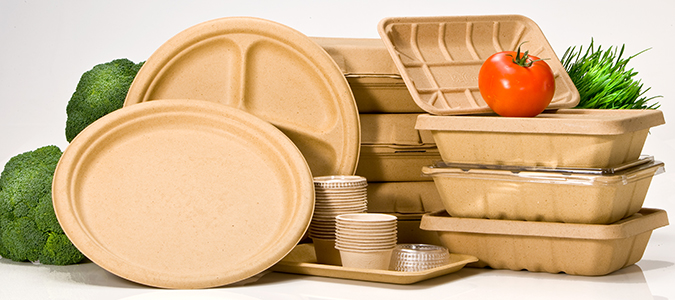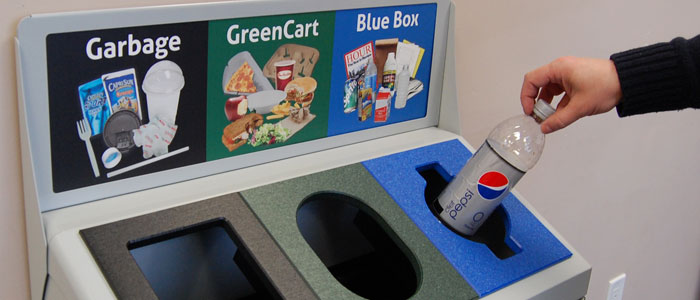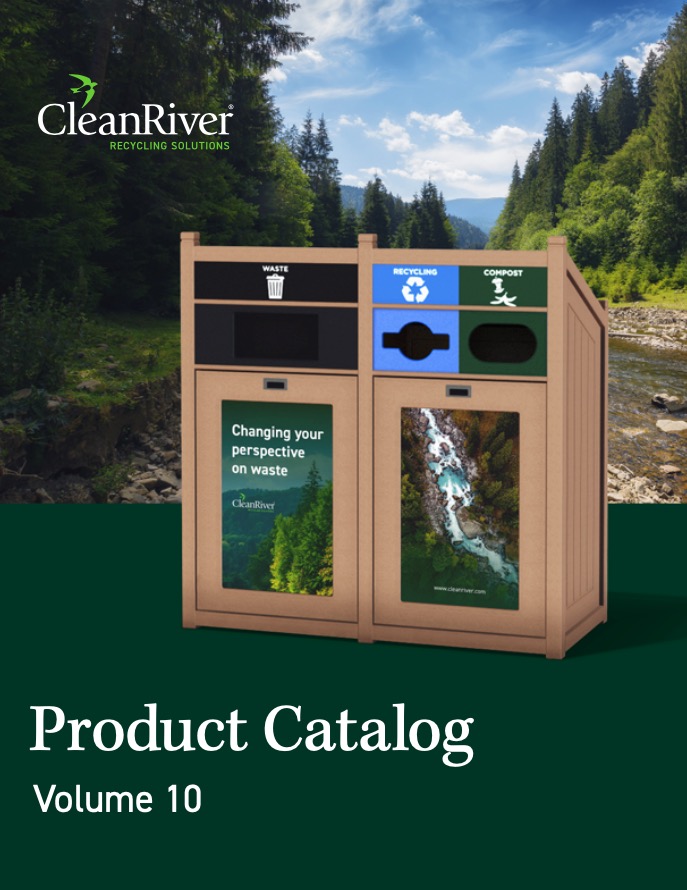Share
Organics collection is coming on strong in many parts of the US and Canada – and with good reason. Compostable materials make up a large percentage of waste in landfill and decompose to produce methane gas, a leading contributor to global climate change. However, when compostable materials are captured and processed properly, they can be used to help grow crops, revive nutrient deficient land and even to produce power!
As the threat of global climate change garners more attention in the public eye, some municipalities are taking action to help combat the effects by implementing stricter regulations regarding waste management. As a result, companies are given a choice to implement composting programs or to pay substantial fines.
 By implementing an effective composting program you’ll not only avoid fines and help the environment, you can also realize significant decreases in your waste hauling costs.
By implementing an effective composting program you’ll not only avoid fines and help the environment, you can also realize significant decreases in your waste hauling costs.
Here are a few tips to get you started on the road to composting nirvana.
- Whenever you implement any kind of program in a workplace, a key element is educating the employees. Take this opportunity to show everyone that the environment is an important part of your corporate culture. Conduct a waste audit before you implement the program and measure your progress. Publish your results to increase employee buy-in to the program.

- Once you’ve implemented your organic waste program there are a number of ways to capitalize on it. Look into compostable alternatives for items which would normally go in the trash. Wooden stir sticks can replace plastic ones and compostable cutlery and tableware can be discarded straight into the compost stream, less sorting required by users results in higher participation rates.
- Make it easy for your employees and customers to understand what goes into your new organics stream. Start with a detailed explanation at program launch and reinforce it with clear, concise graphics on your collection stations. Promote your program internally (and externally where appropriate); this gets people on board and helps keep your streams clean and your diversion rate high which can result in substantial cost savings.
- The placement and design of your collection stations can have a significant impact on the success of your program. Place bins strategically based on the traffic flow in your facility and the types of waste which you are likely to see in each location. If you already have CleanRiver Transition® recycling bins it’s easy for you to add organics collection to your program by simply changing out your opening plates and graphics and adding a divider.
[video_wrap][/video_wrap]
(Click here to learn more about Transition Recycling)
With all of this information at your disposal, why even wait for organics recycling to be mandated? As you can see, adding organics collection to your waste diversion program has many benefits and can be a great time to overhaul your whole program in order to save money.
We’ve helped countless companies get the most out of their waste diversion programs and we’d be happy to do the same for you. Give us a call today at 1-888-646-4246 or email sales@cleanriver.com to get started.





